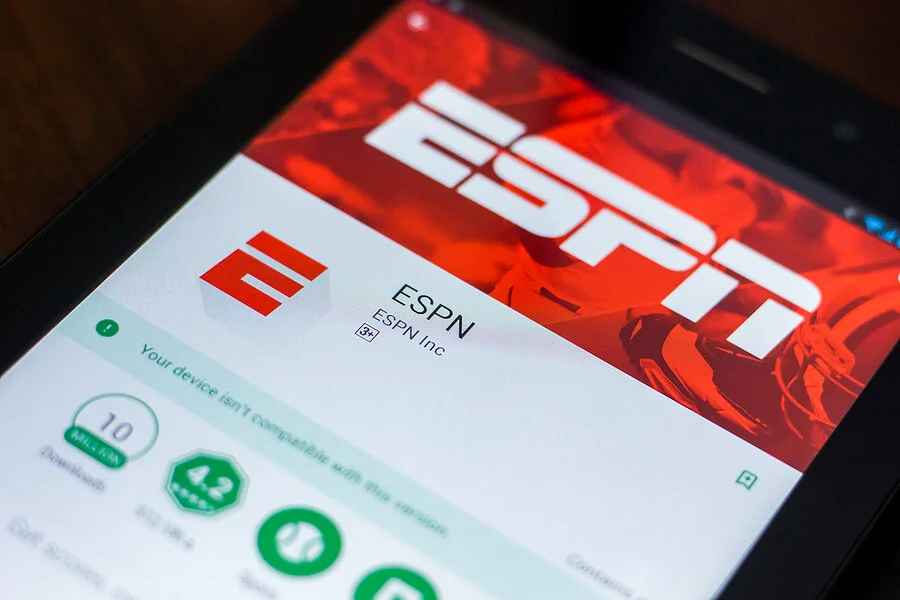Written by Monique Cadle and Fran Benjamin, Good Works Consulting
Originally published in HR.com magazine June 2021, adapted and updated herein
Last year, President Joe Biden signed legislation making Juneteenth a national holiday. This day, representing the ending of slavery, was first celebrated in Texas in 1865, years after the Emancipation Proclamation initially outlawed the practice.
As a point of focus, it’s important to note that this delay in fully realizing the emancipation of our nation’s enslaved population demonstrates a lack of commitment to executing on the promise made by the government.
Prior to this national announcement, hundreds of companies had already added a celebration of the holiday as a response to the national outcry for anti-racist action after the murder of George Floyd. It’s easy to predict–especially given the recent racially-motivated murder of 10 people in Buffalo, NY–that thousands more will now add the holiday to their workplace observances as a day off and possibly part of their diversity, equity, and inclusion plans.
Corporations have spent countless dollars promoting involvement in diversity holidays, yet a Gartner survey from 2020 demonstrated 90% of respondents don’t feel their efforts are impactful. In a recent conversation with HR leaders, a company that added Juneteenth to their list of holiday observances in 2020 had contemplated removing it due to the perceived labor costs of another day off, and concerns that it added little value to employees.
This questioning of the actions of 2020 brings to light the very real concern that companies have missed the mark on creating initiatives that actually move the needle when it comes to inclusion.
What’s unique about this moment is that it provides an opportunity to commit ourselves to going beyond declarations and move into immediate and sustained actions towards social change. For leaders, this means going beyond adding a day of rest for employees and using this as an opportunity to truly observe these holidays with integrity and ethical imperative.
While it sounds simple, there are many layers to the issue of implementation, which we’ll dive into.
Observing diversity holidays rather than celebrating them
Companies have tended to use holidays as a way to show that they recognize a diversity of identities exists within the company, but they don’t go much further than that basic level of communication.
A true observance of these holidays would focus more on deepening our understanding of how our history has impacted each group and making conscious choices to operate differently in order to reduce complicity with those historic structures.
For example, leaders often recognize international Women’s Day celebrations or even welcome employees to take part in the Women’s March each winter, but do nothing about the equity concerns that women are bringing awareness to during these events.
Similarly, many now celebrate Juneteenth with a day off from work without using the day to acknowledge that the success of U.S. capitalism uniquely benefited from slavery.
Pride month shows up each year as a display of colorful flags, logos changed to rainbows, and sponsorship of Pride festivals without acknowledgement that it’s still often unsafe to be “out” in the United States; and particularly for trans people of color--a community that many do not even realize were integral to the founding of Pride. With the Don’t Say Gay and anti-trans legislation now in place, employees and society are have even higher expectations of employers to take meaningful action to support communities in ways that are not performative.
Observing these holidays would mean breaking the corporate norms to incorporate discussions that have historically been deemed unprofessional.
Talking about racism, misogyny, and equity opens up conversations that can be uncomfortable for some, and most recently heavily politicized. Workplace culture has attempted to be politically agnostic out of fear that taking a stance means losing employees on the other side of the aisle, so if discussions around equity are politicized it becomes impossible to achieve forward progress.
Critical race theory (CRT) for example, has become a political hot button while most people don’t even know what it means. This theory acknowledges that when the creators of policy and cultural systems benefit from racism, and tacitly or explicitly believe white people should be prioritized in positions of power and wealth, then those systems created by them would perpetuate the inequities they benefited from for generations to come. If we don’t change the systems put in place with such a mindset, we’ll continue to see this negatively impact non-white populations.
Companies wanting to deepen their approach to achieving equity would need to reckon with some of these inherent biases within the organizational structure and that very action could be polarizing. Any first step to moving forward must begin here, so learning how to communicate clearly on issues around these social constructs is important for making it clear that these are community issues and not political conversations that should be strayed away from.
Make activism part of the culture
Employees no longer want to work for a sterile, politically agnostic corporate brand. Corporate activism is becoming a requirement for any successful workplace and an expected part of the culture of a company. In fact, a recent Harris poll indicated 54% of employees would consider leaving a company that doesn’t speak up against racial injustice.
Some companies have become famous for their willingness to stand up for change. Household brands such as Patagonia and Ben & Jerry’s have demonstrated the power of social impact without losing customers, and they’ve found a way to effectively manage negative responses to their advocacy work.
One of the reasons these firms are successful is that their actions are rooted in striving for equity, something people on either side of the political aisle can get behind.
Depoliticizing corporate activism begins with a sincere motivation to use the company’s influence to move the needle forward rather than remain complicit with historic injustices.
Taking diversity further
Approaching equity and diversity can feel abstract, but it doesn’t have to be. Achieving socially just outcomes starts with simple actions.
Adopt growth mindset hiring - Actively debunk the racist myth that the talent pool of underrepresented folks isn’t large enough. Companies that embrace a growth mindset are more likely to challenge their patterned thinking about the prototype of a successful candidate, which has historically led us to favor white people. This means redefining the prototype for a successful employee to remove barriers that create built-in disparate impacts to underrepresented groups.
Get beyond pay-equity law - Pay equity analysis is limited because it looks for statistically significant differences in pay based on protected class status. For companies with an extremely small BIPOC employee group, achieving statistical significance may not be possible. This means achieving pay equity might mean simply paying people dollar-for-dollar the same amount and making sure employees are being evaluated fairly.
Create equitable policies - From child-first parental leave philosophy to graduated total rewards and benefits policies to return-to-office programs that acknowledge the privilege and power dynamics of your employee base, develop a strategy and employee policies that differentiate based on individual context to promote equity.
Champion individual-level change - A 2019 meta analysis found that measures to reduce implicit bias -- the mental shortcuts that cause us to make discriminatory decisions -- result in only short-term change. This means working towards reducing these biases requires vigilant and constant reflection and remolding of our mental shortcuts. Choosing to build time for this inner work into our daily experience will advance the cognitive capacity of individuals within the company helping them succeed at work, but will also foster a culture of people invested in one another and invested in creating equity. As leaders, join your employees as they activate for social change in their communities. Engage in community organizing, share and relinquish power, and pay reparations.
Engaging in seasonal diversity planning isn’t enough to create change in your corporate culture. The good news is, it starts the conversation and serves as season reminders to constantly reinvest your energies. By moving past awareness-level initiatives to create more dynamic movements within the organization, leaders can build sustainable transformation that contributes to a strong culture, drives increased diversity, and improves employee longevity.


